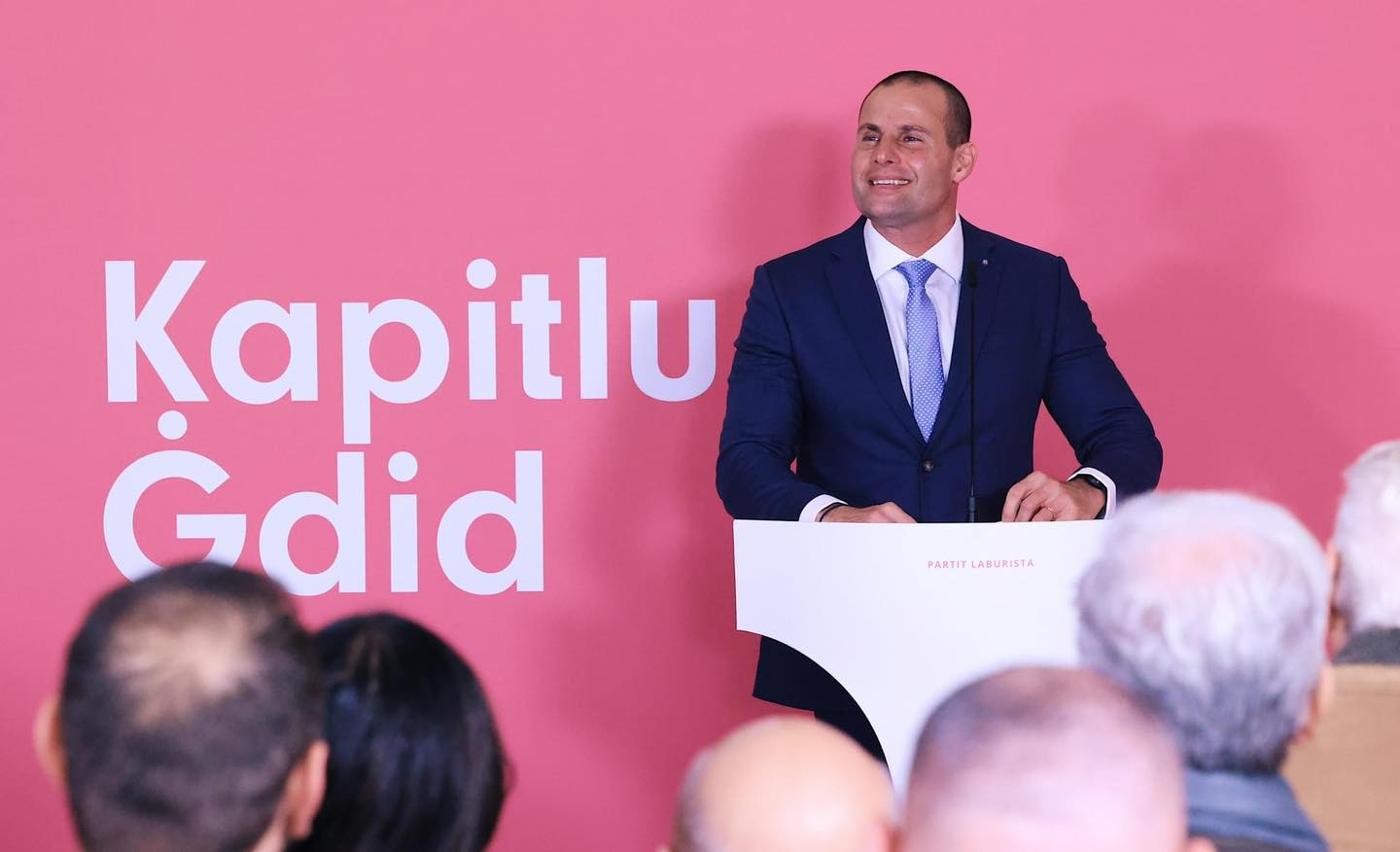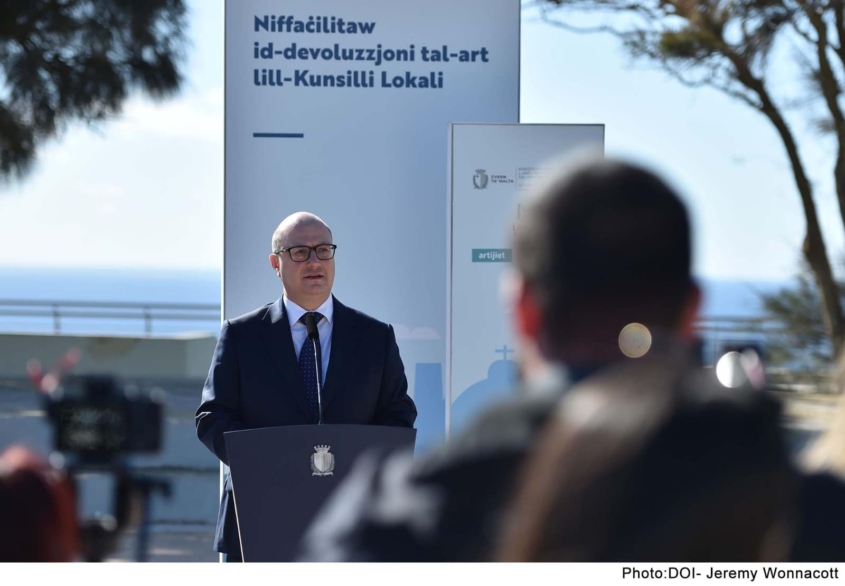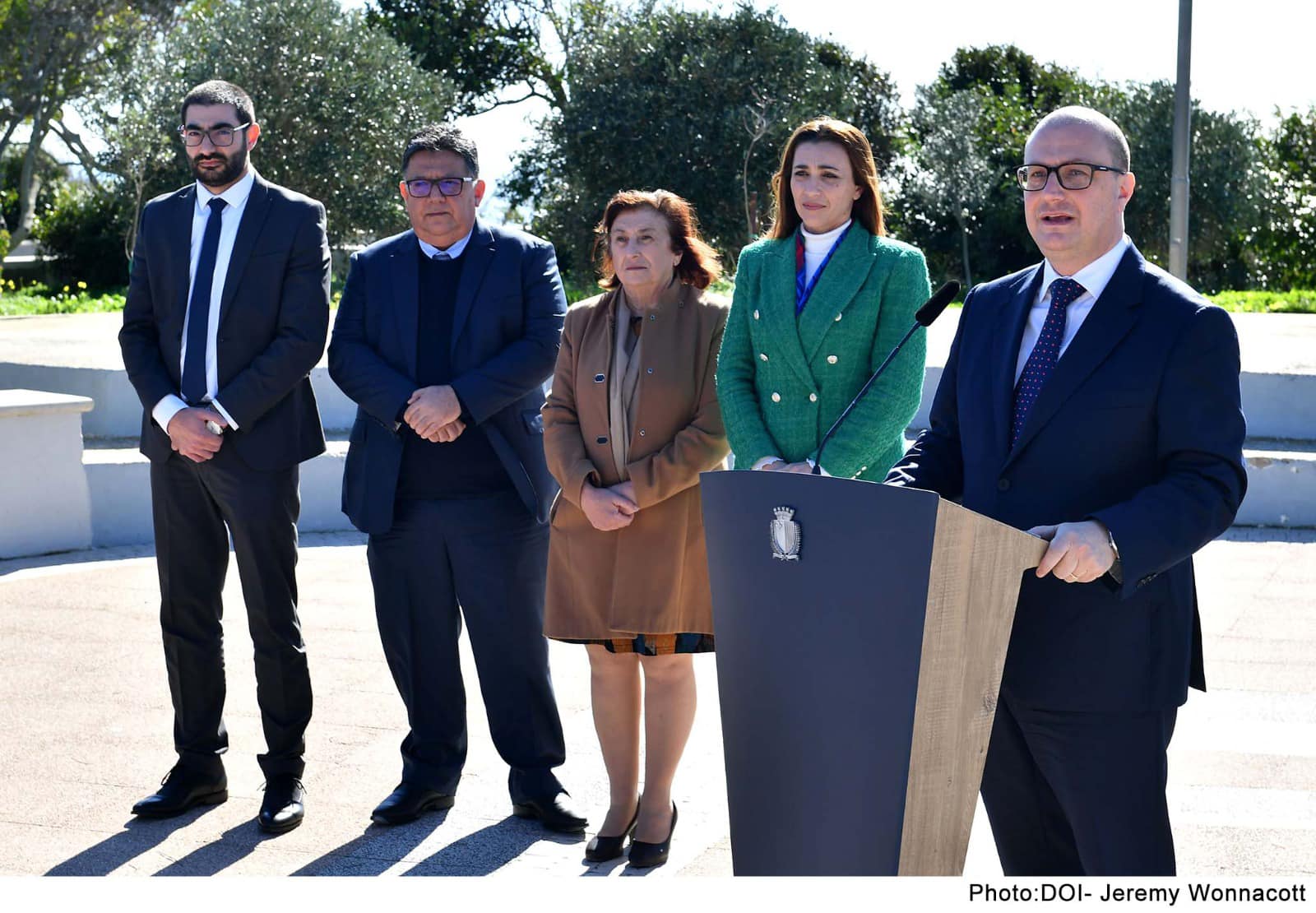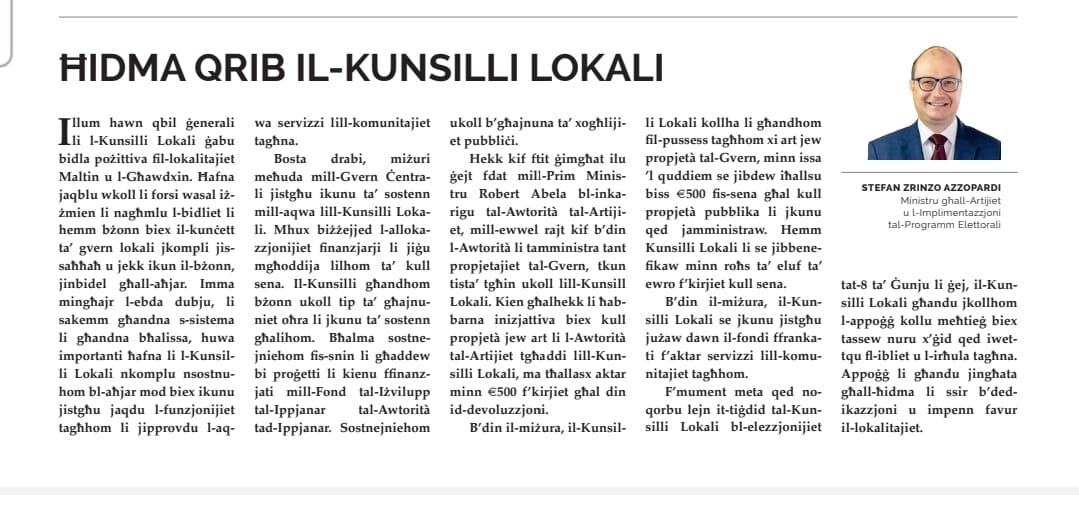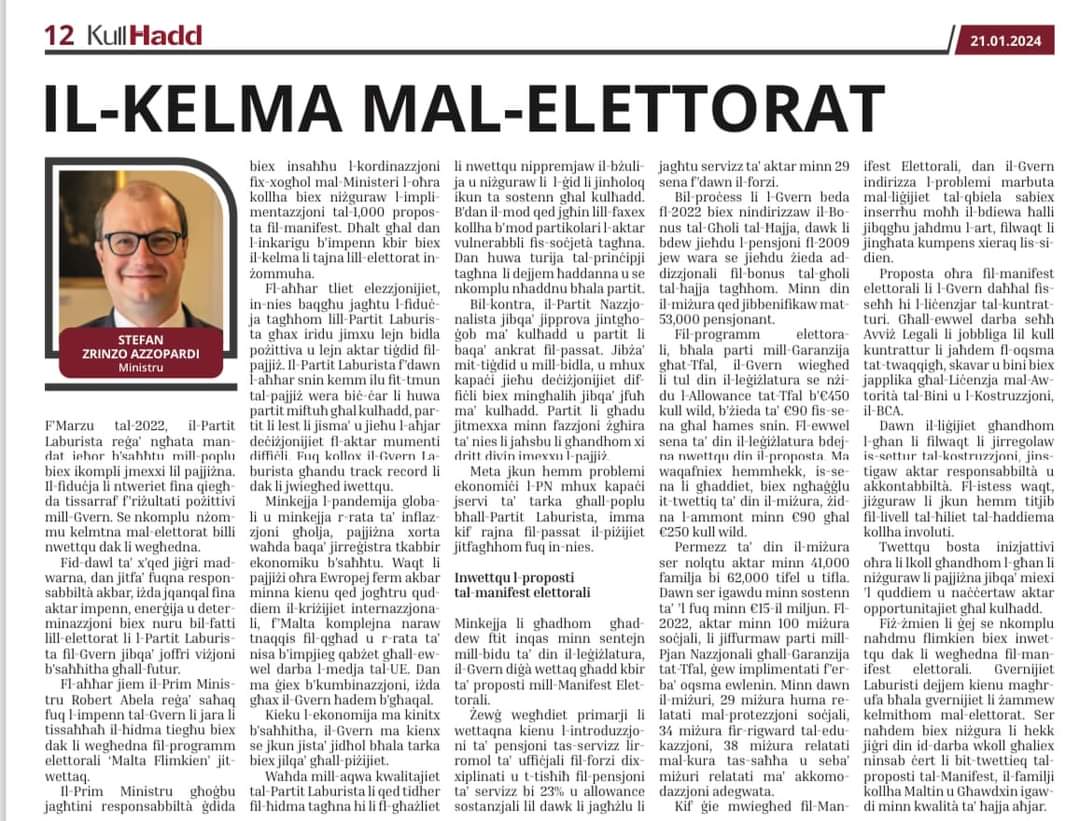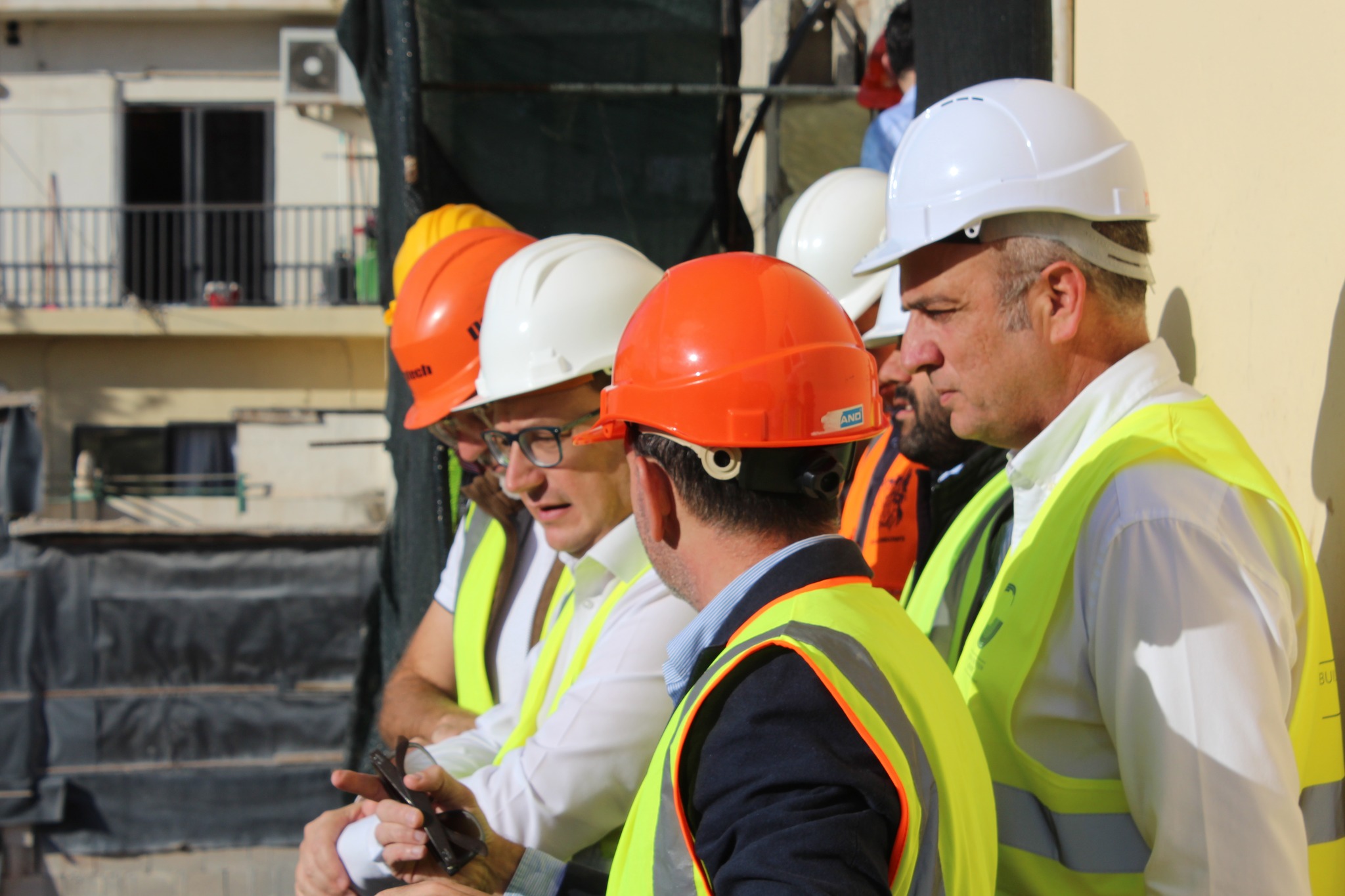Stefan Zrinzo Azzopardi – Ministru għall-Artijiet u l-Implimentazzjoni tal-Programm Elettorali
Il-programm elettorali tal-Partit Laburista Malta Flimkien huwa imnebbaħ minn 100 idea li wasslu għat-tfassil ta’ 1000 proposta. Dawn il-proposti qed jinbidlu f’1000 inizjattiva ta’ gvern li qed iwettaqhom waħda wara l-oħra għax aħna nemmnu li dak li nwegħdu irridu nwettquh.
Imma dawn il-100 idea li wasslu għall-1000 proposta minn x’hiex kienu imnebbħa? Huwa ċar li l-ħsieb politiku tal-Partit Laburista u l-ħidma li qed iwettaq il-gvern immexxi minn Robert Abela huwa msejjes fuq ir-rieda li pajjiżna jkollu ekonomija progressiva. Ekonomija li taħdem biex jinħoloq il-ġid. Ekonomija li tkun sostnuta minn sistema li tiżgura li l-ġid jasal għand kulħadd.
Il-ħsieb politiku tagħna huwa wieħed ċar li jwarrab l-awsterità. Rajna f’pajjizna fi żmien gvern Nazzjonalista kif pajjiżna staġna, kif żdied il-qagħad, kif inħolqu diffikultajiet kemm għall-ħaddiema u kull min iħaddem għaliex intgħazlet it-triq tal-awsterità.

Dak li fassalna qabel l-elezzjoni ġenerali tal-2022, illum qed isir realtà. Qegħdin inwettqu dawn il-proposti b’ħidma kollettiva, ħidma flimkien bħala gvern. Gvern li jibqa’ mnebbaħ minn rieda b’saħħitha biex naraw li kulħadd jirnexxi fis-socjetà Maltija.
Minkejja l-isfidi kollha li hemm madwarna, xorta waħda għaddejjin bil-ħidma kif fassalniha. Mhux biss, qegħdin naraw li l-mod kif nimplimentaw il-programm elettorali nagħtu priorita’ sħiħa biex nizżguraw li nkunu ta’ spalla fejn l-aktar li hemm bżonn.
Fost il-proposti ewlenin li ġew mwettqa, fil-manifest elettorali nsibu ż-żieda fl-Allowance tat-Tfal b’€450 kull wild, b’żieda ta’ €90 fis-sena għal ħames snin. Ma waqafniex hemm. is-sena li għaddiet biex ngħaġġlu t-twettiq ta’ din il-miżura żidna l-ammont minn €90 għal €250 kull wild. Permezz ta’ din il-miżura ser nolqtu aktar minn 41,000 familja bi 62,000 tifel u tifla. Din il-miżura turi biċ-ċar kemm Gvern Laburista għandu għal qalbu l-familji tagħna u flok qed jitfa’ l-piżijiet fuqhom qed jtaffilhom mill-piżijiet li għandhom.
Kien hemm ukoll l-introduzzjoni ta’ mekkaniżmu ġdid, apparti l-COLA, li ser ikun qed jikkumpensa b’mod aktar b’saħħtu l-għoli tal-ħajja. Dan se jkun qed jgħin lil dawk bl-aktar dħul baxx, speċjalment dawk fuq pensjonijiet u benefiċċji soċjali.

Proposta oħra ambizzjuża li l-Gvern żamm kelmtu dwarha u implimentaha f’anqas minn sentejn mill-elezzjoni hija dik li jgħin lill-Maltin u Għawdxin ikunu sidien ta’ djarhom. Il-Gvern se jkompli jsostni l-iskemi tal-first-time u tas-second-time buyers. Kif mwiegħed ukoll fil-manifest qed joffri għajnuna lil dawk li jkunu qegħdin jixtru l-ewwel residenza tagħhom billi qed iħallas €1,000 fis-sena fuq il-pagament tas-self għal għaxar snin. B’hekk, b’kollox qed joffri €10,000 f’għajnuna diretta lil min qiegħed jixtri l-ewwel residenza tiegħu.
Bidla importanti li twettqet matul dawn is-sentejn hija l-introduzzjoni tat-trasport pubbliku b’xejn għal kulħadd. Din mhux biss tħalli aktar flus fil-bwiet il-familji imma hija mezz kif inħeġġu mezzi alternattivi ta’ trasport. Issa anke s-servizz tal-ferry bejn il-Kottonera u l-Belt u tas-Sliema u l-Belt sar b’xejn biex inkomplu ngħinu f’dan ir-rigward. Matul din il-leġiżlatura l-Gvern żamm kelmtu kif wiegħed fil-manifest u qed isostni dawn l-inċentivi biex aktar nies jużaw dawn il-mezzi bl-għan li jnaqqas it-traffiku fit-toroq tagħna fost oħrajn. Fl-istess waqt, il-Gvern qed ikompli jagħmilha aktar faċli u affordabbli għal min irid jixtri karozza elettrika. F’din il-leġiżlatura ddaħħlu inċentivi ġodda u tjiebet l-għotja finanzjarja eżistenti biex b’dan il-mod ninċentivaw ix-xiri ta’ vetturi elettriċi, inkluż ta’ karozzi second-hand.
Proposta oħra li ser tkompli tixpruna ‘l quddiem il-ħidma tal-Gvern fil-qasam soċjali u li diġa’ qed titwettaq hija dik li jiġu identifikati aktar binjiet pubbliċi sabiex jiġu rriġenerati għal skopijiet soċjali b’kollaborazzjoni ma’ għaqdiet volontarji. Din hija miżura oħra li qed tħalli ħafna frott u qed toffri għajnuna kbira lill-għaqdiet volontarji li jagħmlu tant xogħol siewi fis-soċjetà.
Il-Gvern dejjem saħaq li waħda mill-funzjonijiet kritiċi tal-Awtorità tal-Artijiet hija dik li tgħin lis-settur tal-volontarjat. Kif wegħdna fil-manifest elettorali, għaqdiet volontarji qed ikomplu jgawdu minn binjiet addatti għalihom b’rati vantaġġużi ħafna. Barra minn hekk, neddejna wkoll skema ta’ konsolidament tat-titoli ta’ għaqdiet volontarji li jkunu ilhom jokkupaw propjetà għal ammont ta’ snin u jkunu jixtiequ jkattru l-kontribut tagħhom fis-soċjetà. Introduċejna wkoll skema biex il-Kunsilli Lokali ma jħallsux aktar minn €500 fis-sena għal kirjiet ta’ postijiet jew artijiet pubbliċi li jakkwistaw mill-Awtorità tal-Artijiet.
Jekk wieħed jara l-proposti li twettqu jinotta li l-Gvern kien dejjem fuq in-naħa tan-nies. Il-prijorità tagħna bħala Gvern huwa li naraw kif in-nies ikollhom livell ta’ għejxien aħjar.

Minbarra t-twettiq ta’ dak li twiegħed mill-Partit hemm imbagħad xogħol ieħor. Minn dak li qedgħin nwettqu rridu nkomplu diskussjoni wiesgħa dwar kif se nkomplu bil-ħsieb politiku tagħna biex nindirizzaw realtajiet ġodda li qed niffaċċjaw filwaqt li nkomplu nfasslu l-viżjoni tagħna għall-ġejjieni.
Fiż-żmien li ġej, il-poplu se jkun imsejjaħ biex jagħti l-vot tiegħu fl-elezzjonijiet tal-Parlament Ewropew u l-Kunsilli Lokali. Jeħtieġ li bil-vot tagħna nibgħatu messaġġ car li l-poplu Malti irid ekonomija progressiva, ekonomija li toholoq il-ġid u tmexxija ekonomika li tiżgura li l-ġid jasal għand kulħadd.



